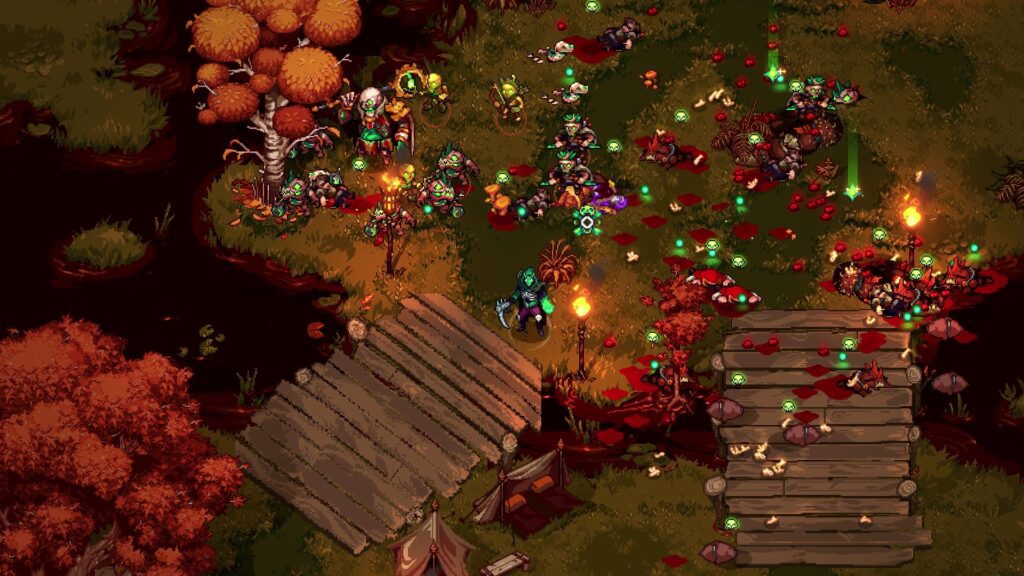The design and creation of video game graphics are essential to bringing game worlds to life, and this article explores the artistry behind 2D and 3D graphics. In the early days of gaming, 2D graphics were the standard and continue to have a place in modern games, requiring an understanding of design principles and the use of raster and vector graphics to create sprites. In recent years, 3D graphics have become the norm in modern games, requiring a much more in-depth understanding of design principles and the process of modeling and texture mapping to create a realistic, three-dimensional game world.
The Artistry of Game Creation: A Close Look at 2D and 3D Graphics
Introduction
Games have been entertaining people for decades, and today, they are a thriving industry. The video game industry is growing at a rapid pace and is projected to reach $300 billion by 2025. A large part of what makes games appealing is their graphics. The design and creation of video game graphics are essential since they allow game designers to bring the game world to life. This article will explore the artistry of game creation, with a close look at 2D and 3D graphics.
2D Graphics
2D graphics refer to an image that only has two dimensions: height and width. In the early days of gaming, 2D graphics were the standard. They were relatively easy to create and gave rise to classic games like Pac-Man, Super Mario Bros, and Contra. Today, 2D graphics continue to have a place in modern games but in a more evolved form.
The creation of 2D graphics for games requires a basic understanding of design principles. Game developers must pay attention to color balance, contrast, symmetry, and visual weight, among other things. With 2D graphics, game developers use raster and vector graphics to create sprites that will be used in the game.
Raster graphics are created through the use of pixels, which are the smallest unit of measure in a digital image. Game developers use software like Photoshop, GIMP, or Paint.net to create raster graphics. The resulting bitmap images can be optimized for improved performance in-game.
On the other hand, vector graphics are created through the use of mathematical equations. Game developers use software like Adobe Illustrator or Inkscape to create vector graphics. These graphics result in smaller file sizes and are scalable without losing quality, which makes them ideal for games running across different platforms.
3D Graphics
3D graphics refer to images that have height, width, and depth. They give players a sense of immersion by creating a realistic, three-dimensional game world. In recent years, 3D graphics have become the norm in modern games, with advancements in technology making it easier to create realistic 3D visuals.
The creation of 3D graphics for games requires a much more in-depth understanding of design principles. Game developers must pay attention to anatomy, proportion, foreshortening, lighting, and texture, among other things. With 3D graphics, game developers use a process called modeling to create 3D models that will be used in the game.
Modeling involves creating a virtual 3D object using software like Blender or Maya. The model is then textured, which involves mapping a two-dimensional image onto a 3D surface. The resulting textures bring the 3D model to life, making it appear more realistic.
Once the 3D models and textures are created, they are assembled into a game environment. Game developers use software like Unity or Unreal Engine to create the game world by placing the 3D models in a virtual space. They use lighting and camera placement to bring the game world to life and create a sense of immersion.
Conclusion
The artistry of game creation is a multifaceted process that involves an understanding of design principles, software, and technology. The graphics play a crucial role in creating an immersive game world that captures the players’ attention. Whether 2D or 3D, game graphics require careful consideration of color balance, contrast, symmetry, anatomy, proportion, foreshortening, lighting, and texture, to name a few. While the process can be challenging, seeing the finished product come to life is incredibly rewarding.
